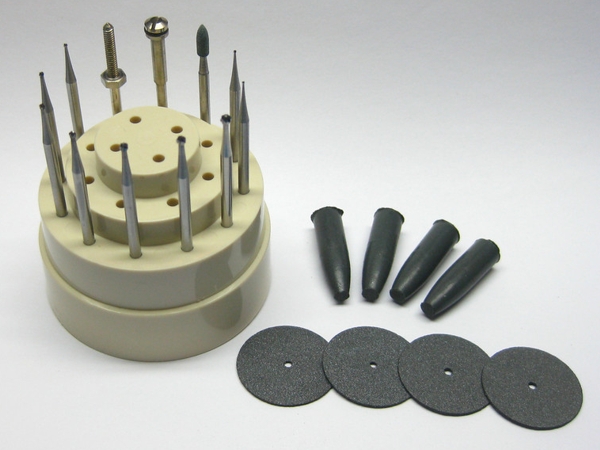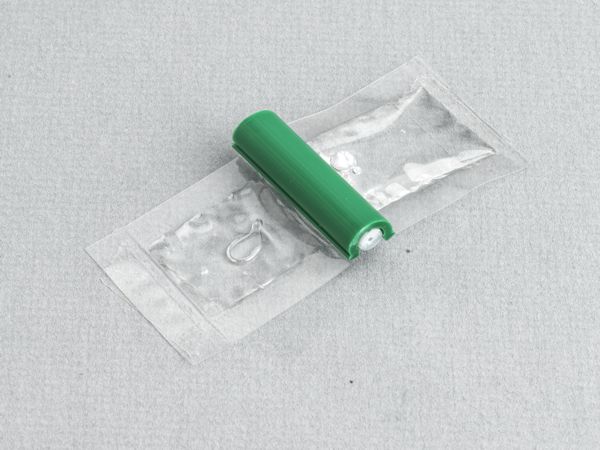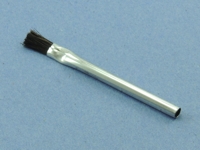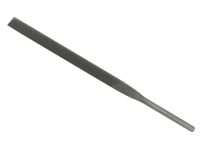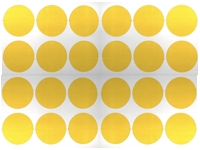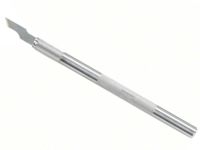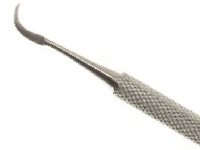|
Outline
This method is used to repair severe damage to a hole or to modify the size, shape, or location of an unsupported tooling or mounting hole. The hole may have component leads, wires, fasteners, pins, terminals, or other hardware run through it. This repair method uses a dowel of matching board material and high-strength epoxy to secure the dowel in place. A new hole can be drilled after the new material is bonded in place. This method can be used on single-sided, double-sided, or multilayer circuit boards and assemblies.
|
|||||||||||||||||||||||||||||||||||||||||||
|
Procedure
Evaluation
|
|||||||||||||||||||||||||||||||||||||||||||
Images and Figures
Hole Repair, Transplant Method

Figure 1. A damaged non-plated hole.

Figure 2. New hole is milled to encompass entire damaged area.

Figure 3. Place replacement dowel in position and bond with epoxy.

Figure 4. Cut off excess material and re-drill holes as required.
|
|||||||||||||||||||||||||||||||||||||||||||
3.3.2 Hole Repair, Transplant Method
This procedures covers major repair of damage to non-plated holes on circuit board assemblies.
Minimum Skill Level: Expert
Conformance Level: High
REQUEST FOR QUOTE GUIDES INDEX

Hole Repair, Transplant Method

A damaged non-plated hole.

New hole is milled to encompass entire damaged area.

Place replacement dowel in position and bond with epoxy.

Cut off excess material and re-drill holes as required.

This clear, low-viscosity, superior-strength epoxy is ideal for many circuit board repair and rework uses.
LEARN MORE

This versatile tool is ideal for milling, drilling, grinding, cutting, and sanding circuit boards.
LEARN MORE

We're here to help with all your challenging circuit board and electronic component rework and repair needs.
LEARN MORE
SLIDESHOW STARTING
❮
❯

